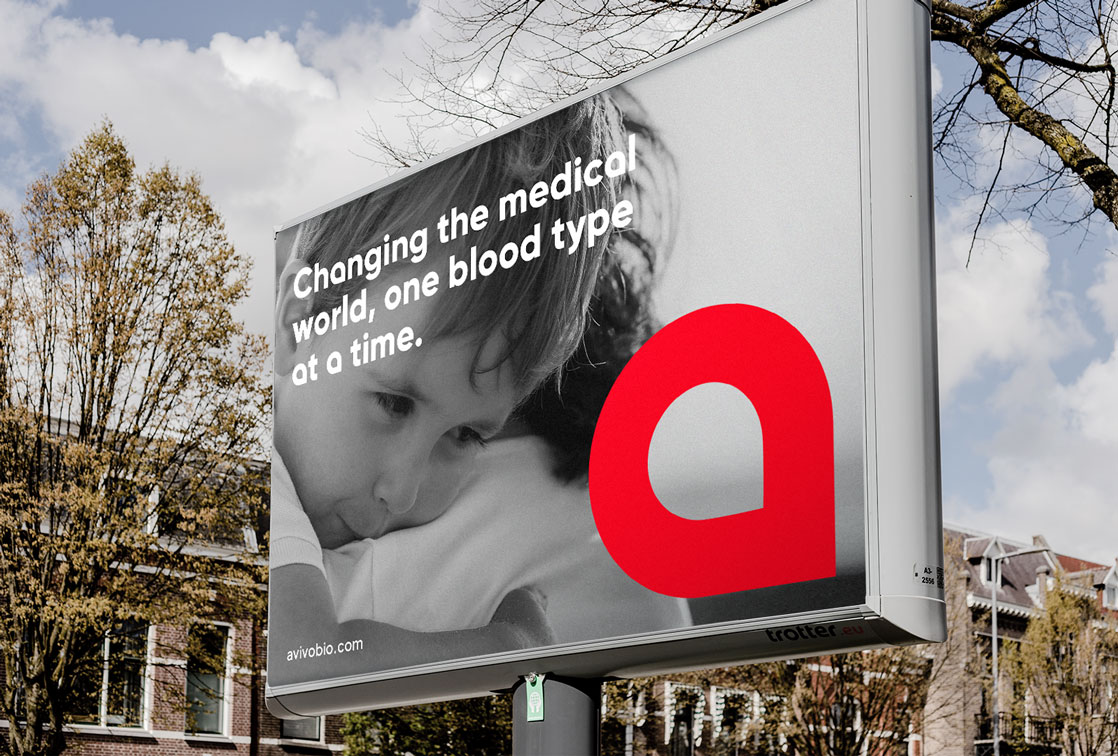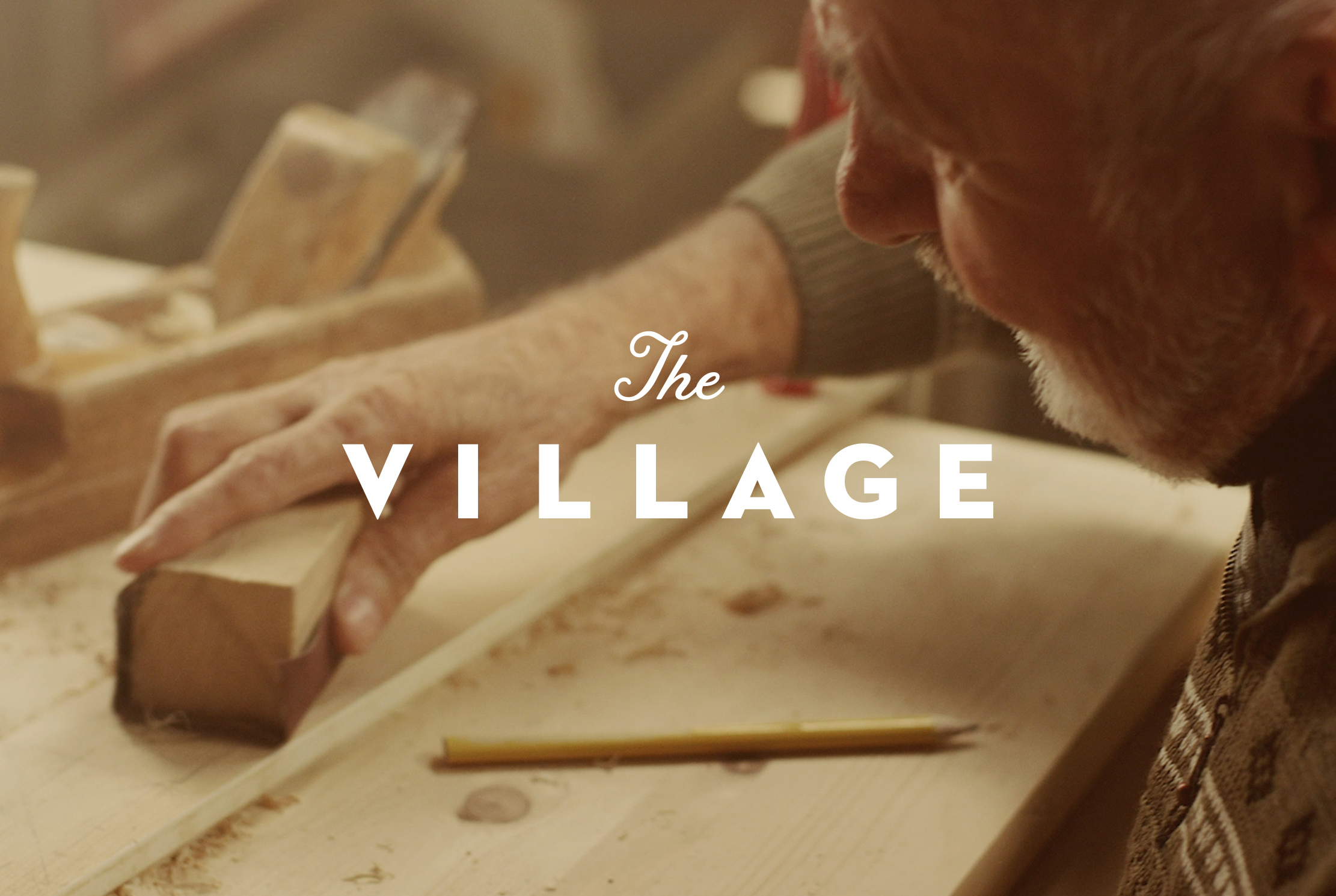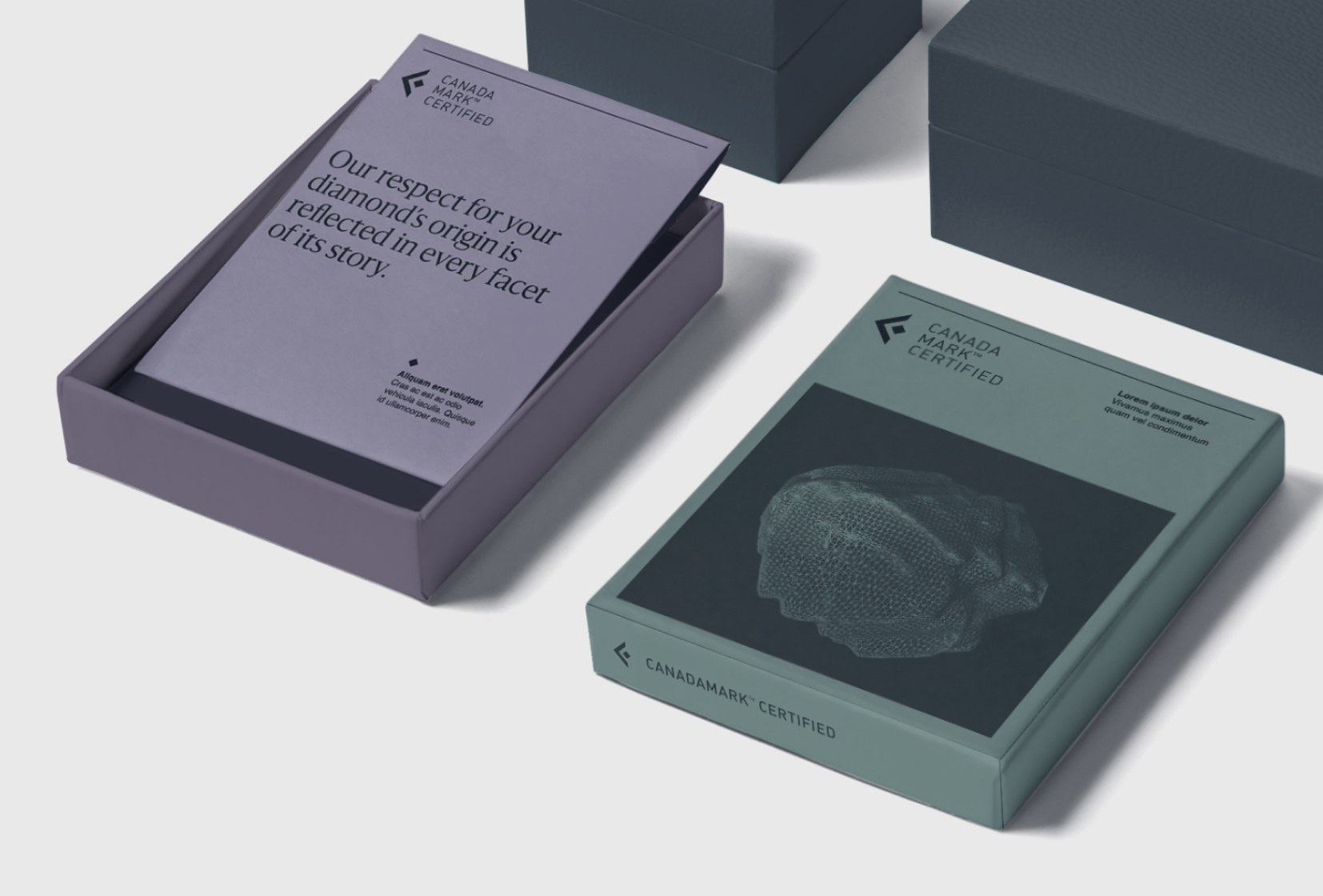How to rock climate change
Arca
It’s fair to say that there’s too much carbon in the air. The world needs to move to clean energy. But that requires 10-20 times more critical metals, and mining emits a lot of carbon. So it’s a paradox. But about a decade ago, Dr. Greg Dipple, a geologist from UBC, discovered a way to make mining carbon negative, and, to boot, remove additional gigatonnes of CO2 from the air. He and his team found a way to speed up the way ultramafic rock, a byproduct of the mining process, absorbs carbon from the air, and stores it forever. To have an impact, they knew they’d need to inspire very different audiences about their solution and claim the role of market leader — and to achieve that, they’d need a strong identity.
By Vanessa Richmond
Principal and strategy director
May, 2023
Estimated reading time 9 minutes
On a sunny afternoon in 2005 at an abandoned mine in Clinton Creek, Yukon, Dr. Greg Dipple was down on his hands and knees looking at rocks. It’s fair to say he likes rocks more than the average person does. But on this particular afternoon, Dipple wasn’t admiring them; he was testing whether they could make any impact on climate change.
He already knew something most people didn’t — that not all rocks are equal. Some rocks naturally pull CO2 out of the air, and store it permanently: a process called carbon mineralization.
Like most things geological, mineralization is slow, but some rocks absorb CO2 faster than others. And ultramafic rock is the star. It’s usually buried deep in the earth, making it inaccessible, but it’s brought to the surface as a by-product of the mining process. Dipple didn’t yet know how much CO2 mine tailings could absorb, or how quickly. But already, a question had started to form in his mind: could they absorb enough CO2 that mining could actually become carbon negative?
“That’s the thing about discovery-based science: you try to do something, and you realize your ideas aren’t as smart as the natural world.” – Dr. Greg Dipple
Dipple was in the Yukon to test the baseline, so he could then develop a way to accelerate it. But what surprised Dipple that day was that mineralization was already happening more quickly than he expected, without any intervention. “That’s the thing about discovery-based science,” he said, chuckling. “You try to do something, and you realize your ideas aren’t as smart as the natural world.”
He then got curious about the opposite — what makes certain rocks absorb CO2 more slowly than others. “If we can find out why mineralization isn’t happening faster, we might understand how to speed it up.” That question kicked off a twenty-year project and over 75 publications that made Dipple the pioneer of carbon mineralization in mine tailings.
Getting there took some serious R&D. After his trip to New Mexico, he set up meetings with some mining companies in Canada to see if they’d let him analyse their tailings. “Most people thought it was crazy. They’d scratch their heads, and say no. But at two mines, there was a believer — someone who said, ‘If this works, this is a game-changer.’ Miners are risk takers: in order to look for a deposit, you have to feel optimistic.”
By 2008, his team was building a proposal to do more testing in mine sites, when the economy crashed, which meant mining companies weren’t interested in taking on any innovation projects. For almost a decade, they conducted painstaking research in the lab. “I refer to it as our years in the desert,” says Dipple. But the desert time turned out to be useful. If they’d just gone out into the field, they would likely wouldn’t have learned what they did.
Suddenly in 2018, some mining companies started calling: they wanted to test the mineralization potential of their tailings, in part to satisfy shareholder and public demands for sustainability. The team took the experiments they’d previously done on an area the size of a bathtub, and tested their ability to accelerate carbon mineralization in ultramafic mine tailings at a much bigger scale.
Dipple started presenting the data at conferences. More than one person said, “Yeah, right,” when they saw that the subject of his talk was carbon negative mining. “But what surprises people the most when they see the data is that it’s real, it’s actually going to be achievable, and it uses existing technology — it’s not a crazy idea or a big stretch.”
Dipple had looked into commercializing over the years, but the world wasn’t ready: mining’s motivations were more greenwashing than genuine. But in 2020, Dipple and his lab started seeing companies pop up, claiming to do carbon mineralization, often with little or no scientific basis. By then, he was working closely with Bethany Ladd, the manager of his research group, and Dr. Peter Scheuermann, a postdoc who had recently completed his PhD in aqueous geochemistry. “We thought, ‘If we can do this better, then we should,’” Dipple said, simply. Ladd and Scheurmann suggested testing the waters with a two-month entrepreneurship program called Foresight Kickstart. After that program, they felt they had something, so the three decided to move forward with the Entrepreneurship@UBC’s Lab2Launch program. The group initially named the company, “Carbin Minerals.”
“When the three of us decided to form a company, It was just, ‘Ok, we’re doing this. This is viable. It’s time.” For Ladd, “The base motivation was just so clear. Doing this makes me feel like I could make a difference, which is what I’ve always wanted in my career. Research moves slowly and grants move slowly, and I respect that, but I wanted to be part of the team to bring the research out of the lab to make things happen — to make the scientific work tangible.”
“If I dumped something in your backyard, no one would celebrate if I just said I’d stop.” – Paul Needham
For Dipple, the idea of starting a company was “a combination of exciting and terrifying.” But he says he’s always liked that: “Even in the early days of my research, I was always a weirdo on the fringe doing things. Part of that is that I found I got bored if I was just embedded in something simple. I don’t like to do the same thing over and over again.”
He thinks his need for variety comes from the fact that he worked on farms growing up, and all of his friends were farmers. “Every day is different — baling the hay, cleaning the manure — and that shaped me. I’ve always been a bit of a grazer.”
A year after the group finished the Lab2Launch program, they hired Paul Needham as their CEO, and Sean Lowrie as their Head of External Affairs, both of whom had been mentors in the program. Needham is a serial company founder and CEO with three exits. Most recently, he co-founded and led a rooftop solar leasing company that provided clean energy to 250,000 people in rural India. And he served as a senior advisor and board member to several climate tech startups.
Needham had an awakening moment when Microsoft announced they’d remove all the carbon dioxide they’d released since they founded the company in 1974. “Microsoft’s commitment seems revolutionary. But when I thought about it, I realized that it’s obvious,” he said. “We actually expect the same behaviour from any decent person.
“If I had been dumping my garbage in your back garden for the past 30 years, it wouldn’t be enough for me to promise to stop doing it. It wouldn’t be enough if I promised to stop doing it by 2050. No, you would expect me to stop immediately, then clean it all up, and undo any damage or pollution that I caused. That’s common sense. And it’s the law, in every other context.
“I think every company will have to take responsibility for their emissions eventually. It’s obvious. And that means there will be a massive need for CO2 removal.”
As CEO, Needham led the transition from being a lab and consultant to a company. “Initially, we were setting out to be a solution for mining companies, Then we realized that this was much bigger: a solution that could help restore our atmosphere to save us all.”
To achieve the scale they now had in mind, Carbin Minerals knew they’d need capital. When they signed with Grantham Foundation, “it was a turning point — for every founder, the first investment is a huge moment of validation and pride,” says Needham.
Shortly after, they won the $1M XPRIZE Milestone award for carbon dioxide removal, and signed a pre-purchase agreement with Shopify to remove 200 tonnes of CO2.
When we met them, we identified many themes common for academic startups: on the one hand, a game-changing innovation that people had worked on for decades. And on the other, an overemphasis on explaining and educating about the science behind it
After that, they identified what they wanted to achieve in the next year, which included more R&D, capital investment, grants, and some hires. And they identified that a strategic rebrand was needed, if they wanted to achieve their goals.
“It’s never easy to get people to engage with something new. And it definitely doesn’t make things easier if they feel like they’ve got to catch up with geology class,” said Arndt Klos, Vigilantes’ creative director.
Another common theme with scientific startups is that the team was open minded about branding and marketing, and also cautious. They knew that exaggeration and overpromising would put their academic integrity at risk, that hype would hamper their ability to speak authentically to their peers and partners, and that oversimplification of the science could bring accusations of greenwashing.
But they took the leap. In part because while they are the authorities in the academic world, companies far less knowledgeable than them were jockeying for position as the leaders of the market. In addition, many of those competitors already had well-crafted visual identities.
“It’s never easy to get people to engage with something new. And it definitely doesn’t make things easier if they feel like they’ve got to catch up with geology class.” – Arndt Klos
Interestingly, among those competitors, many were taking cues from each other. Dozens were including the word “carbon” or a variation in their company name, and borrowing chemistry symbols for their logos, which might help them feel like they’re part of the right tribe, it doesn’t help their audiences to differentiate the brands from each other.
We identified that the most important thing needed was to shift away from leading with science and technology, to having a more humanistic focus, and inspiring people with a hopeful and aspirational vision for the future. “Just because we get excited about rocks, doesn’t mean everyone else does,” said Klos. A humanistic focus would also help differentiate us from our competitors.
After defining the positioning, we embarked on a new name to better reflect their identity. “Arca” is Latin for a chest or strong box used in ancient times to store for valuables. A simple but fitting origin story and a suitable representation of the captured carbon that would be permanently stored in mineralized rock.
When it came to designing Arca’s logo, we wanted to develop an abstract representation of their solution. Naturally, we explored a number of different ideas to visualize the conceptual idea of rock. As is often the case, one of the hardest balances to strike was the one between being too figurative and overly abstract. The final result is a dynamic icon that represents the dynamic, natural process of mineralization. We knew it would be important to apply the dynamic logo system in a subtle way both online and offline, to maintain a simple and clear overall look and feel.
Next we focused on defining Arca’s voice and how they’d talk. How they say something is just as important as what we say. They need to tell stories and narratives that inspire people to join the conversation, because conversations, not facts or fear, inspire action.
Hitting the right tone and messaging was crucial for Arca’s first website —it would have to address both potential mining partners as well as CDR credit buyers simultaneously, two audiences with significant cultural differences. We found some common ground in Arca’s mission. Reversing climate change to maintain a livable planet is something that both parties could get behind.
Intro animations – sometimes referred to as a splash intro – are a double-edged sword. On the one hand, they can be used to set the tone for the experience, but they can also be detrimental if not done well. They can lead to a poor user experience, especially if they take too long to load, are not accessible, or are repetitive for visitors who come to the site for a second time.
The Arca team launched the new brand in January 2023. Just two months later, Arca had obtained investment from Lower Carbon Capital and the Grantham Foundation, had won funding from several grants, had increased the number of mining relationships, and was poised to launch its first commercial pilot project. Visit Arca to find out more.
Services: Brand positioning, naming, visual identity, verbal identity, marketing strategy, website, pitch deck, social media launch, PR, swag, internal launch, external launch
















